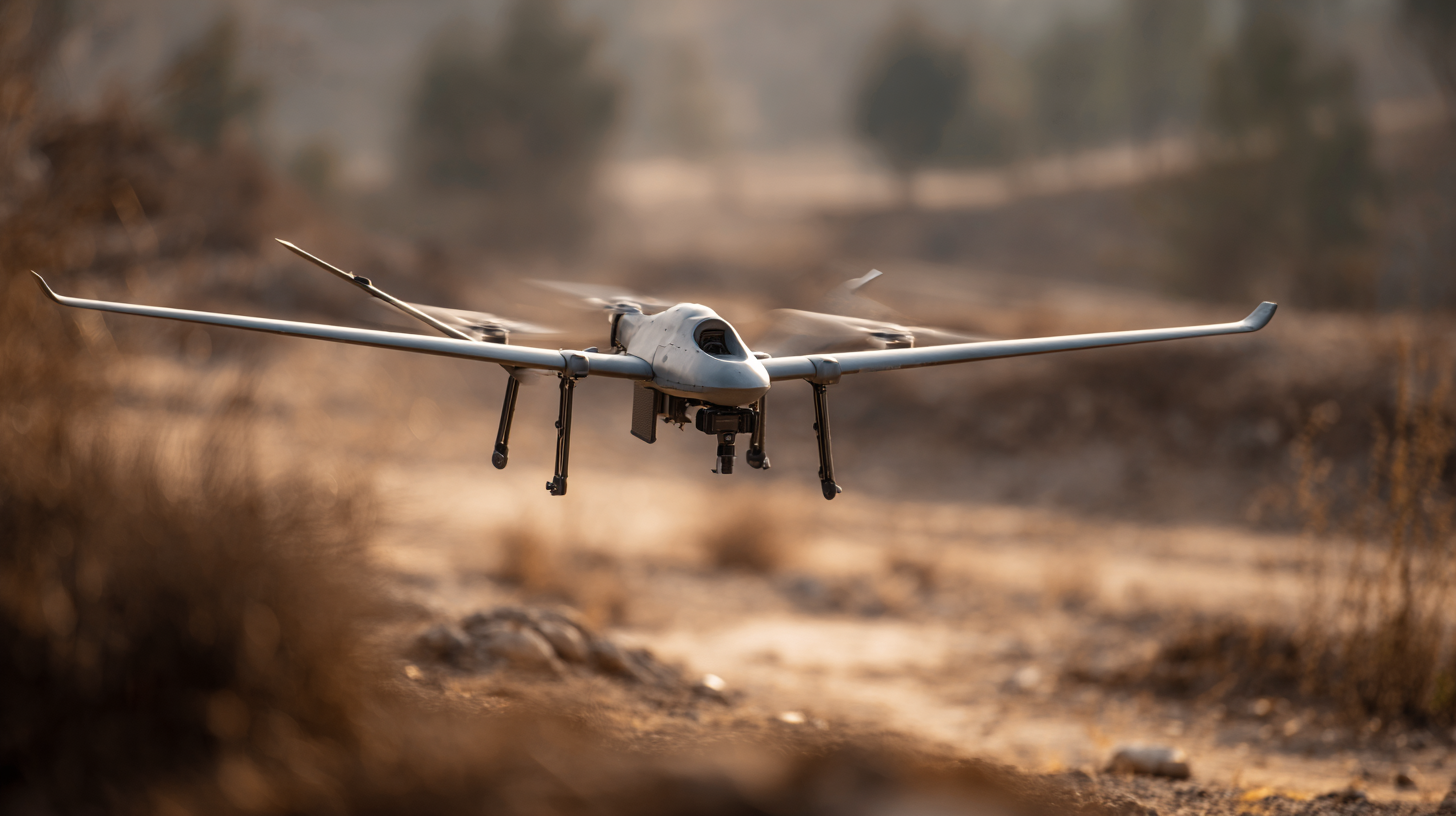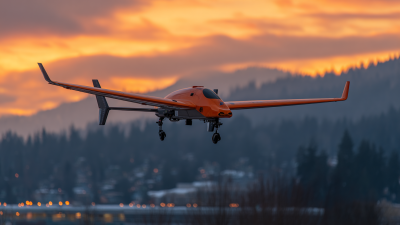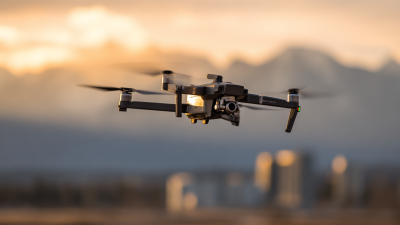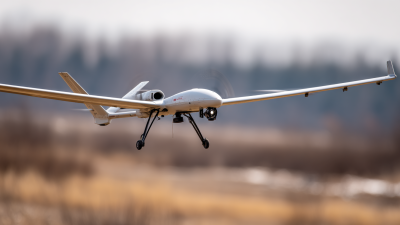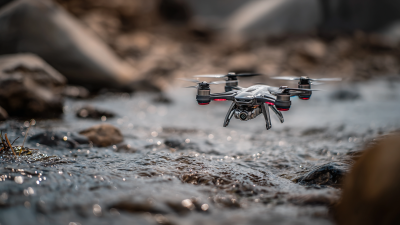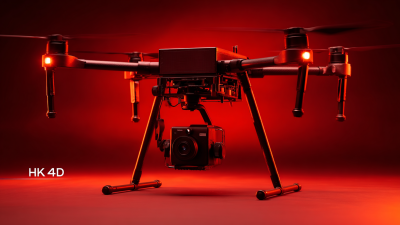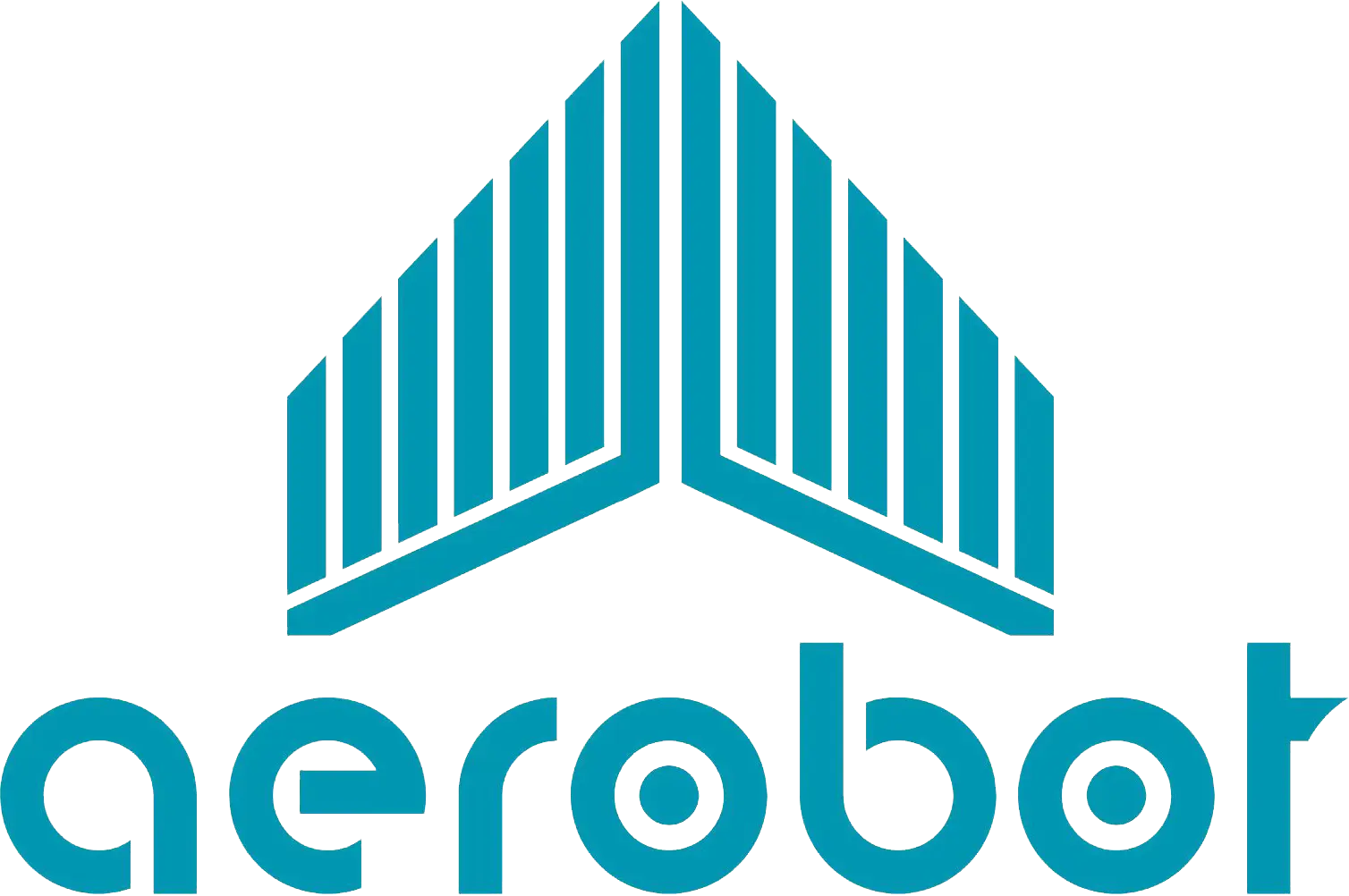Leave Your Message
As businesses increasingly seek innovative solutions to enhance operational efficiency, the integration of technology has never been more critical. One of the most promising advancements in the aerial technology sector is the utilization of Fixed Wing Hybrid Drones, which combine the advantages of traditional fixed-wing aircraft with the versatility and agility of multirotors. According to a report by the Drone Industry Insights, the hybrid drone market is expected to reach $3.7 billion by 2025, driven by heightened demand across various sectors, including agriculture, logistics, and environmental monitoring. By leveraging Fixed Wing Hybrid Drones, companies can significantly reduce operational costs, enhance data collection accuracy, and extend flight durations, thereby maximizing efficiency and productivity. This article explores actionable strategies for businesses to effectively implement these advanced aerial systems and unlock their full potential.
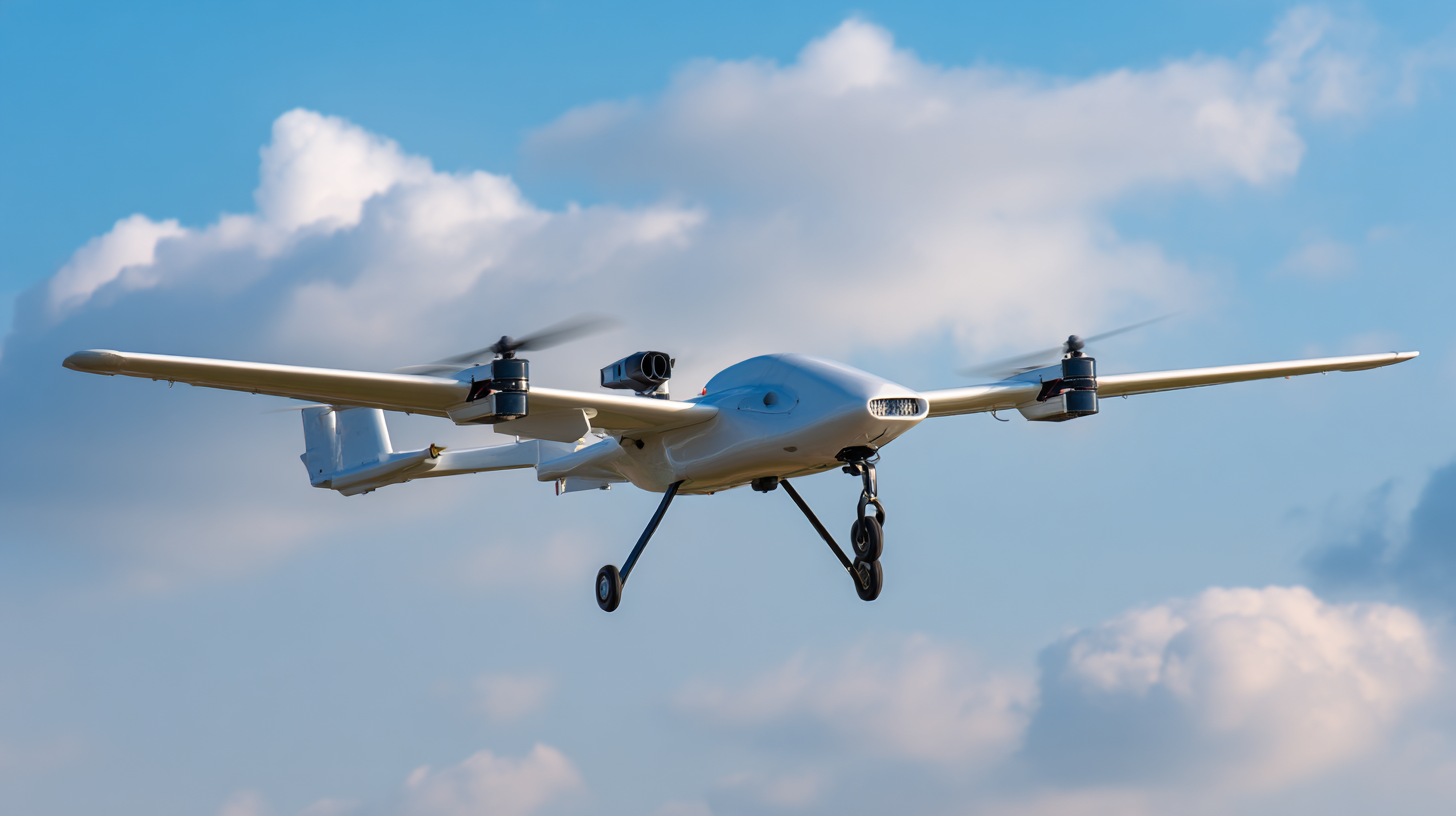
Identifying the specific business needs for implementing fixed wing hybrid drones is crucial for maximizing efficiency in various industries, especially in construction. Companies need to assess how drone technology can enhance their operations, such as through aerial inspections, site surveying, and monitoring construction progress. By utilizing drones, businesses can identify potential issues early on, allowing for timely intervention that prevents costly repairs and project delays. This proactive approach not only improves workflow but also contributes to better resource allocation.
Moreover, the unique capabilities of fixed wing hybrid drones can offer substantial benefits for digital-first real estate firms. As these companies embrace innovation, drones can facilitate accurate data collection and analysis, leading to more informed decision-making. With applications ranging from monitoring project timelines to inspecting difficult-to-reach areas, hybrid drones represent an advancement in efficiency that aligns with the growing trend of integrating technology into business operations. By recognizing these needs and leveraging the benefits of drone technology, businesses can stay competitive in an increasingly digital landscape.
| Business Need | Drone Feature | Efficiency Benefit | Potential Savings |
|---|---|---|---|
| Large Area Surveillance | Extended flight range | Covers more ground quickly | Up to $20,000 annually |
| Infrastructure Inspection | High-resolution imaging | Reduces inspection time | Approximately $15,000 per inspection |
| Agricultural Monitoring | Multispectral sensors | Improves crop yield analysis | Up to $10,000 per season |
| Search and Rescue Operations | Real-time data transmission | Faster response times | Potential savings in hours of manpower |
| Delivery Services | Payload capacity | Increases delivery efficiency | Around $30,000 per year |
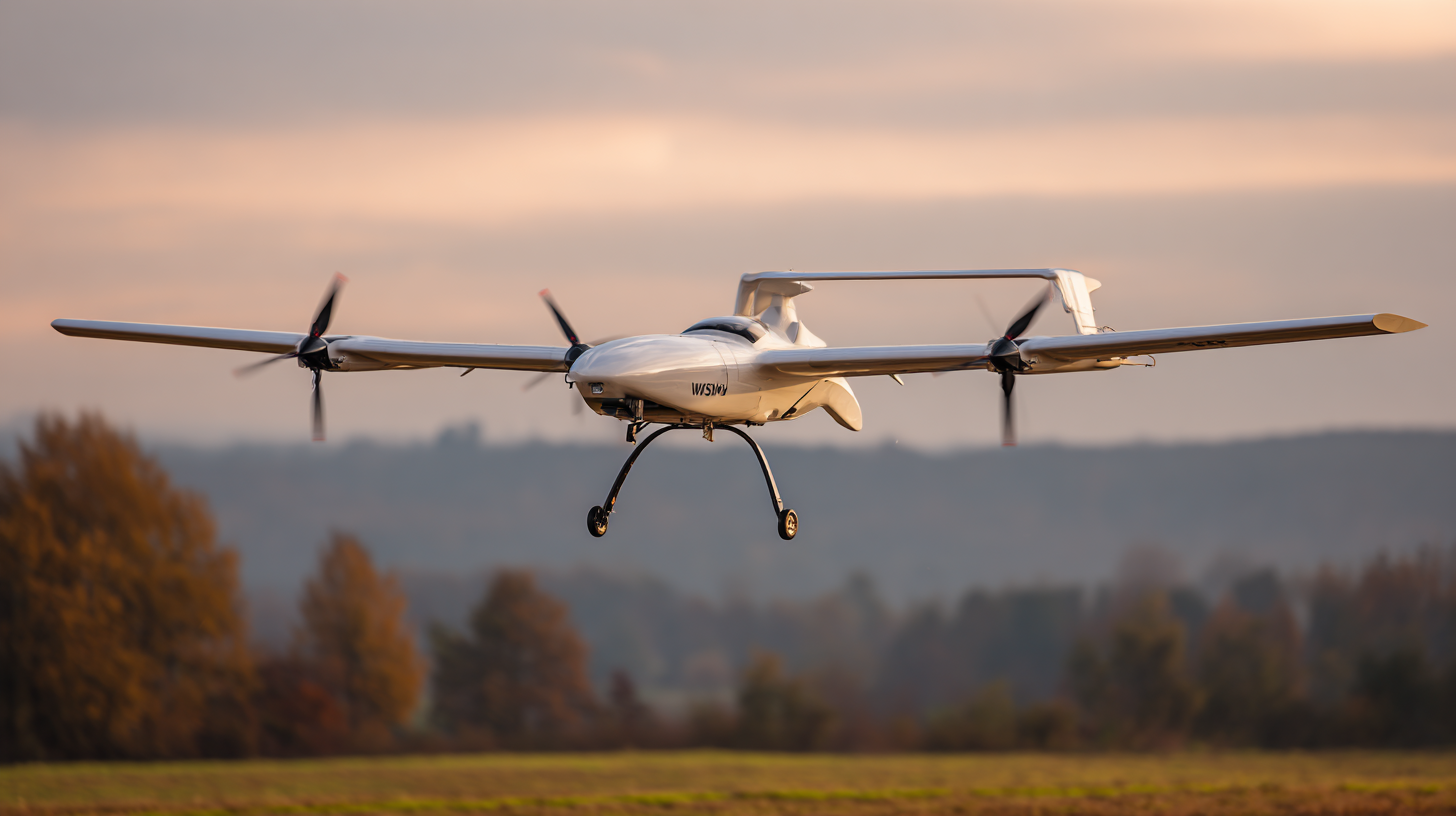 Hybrid drones, which combine the capabilities of fixed-wing and multi-rotor designs, offer numerous advantages for businesses looking to enhance operational efficiency. One of the primary benefits is their extended flight time and range. Fixed-wing hybrid drones can cover larger areas without needing frequent recharges or landings, making them ideal for surveying vast landscapes, monitoring agricultural fields, or conducting infrastructure inspections. This efficiency in operation can lead to significant time savings and lower operational costs.
Hybrid drones, which combine the capabilities of fixed-wing and multi-rotor designs, offer numerous advantages for businesses looking to enhance operational efficiency. One of the primary benefits is their extended flight time and range. Fixed-wing hybrid drones can cover larger areas without needing frequent recharges or landings, making them ideal for surveying vast landscapes, monitoring agricultural fields, or conducting infrastructure inspections. This efficiency in operation can lead to significant time savings and lower operational costs.
When integrating hybrid drones into your business, consider these tips to maximize their potential. First, assess your specific operational needs to select a hybrid model that aligns with your tasks, whether it's data collection, mapping, or surveillance. Second, invest in training for your team to ensure they understand the unique functionalities of hybrid drones, enhancing safety and productivity. Finally, regularly maintain your drones to ensure peak performance, as consistent upkeep will prevent downtime and extend the lifespan of your equipment.
In addition to operational efficiency, hybrid drones offer enhanced capabilities for data collection. With the ability to carry various sensors, these drones can capture high-resolution imagery and gather real-time data, allowing businesses to make informed decisions quickly. Embracing hybrid drone technology not only streamlines operations but also contributes to improved accuracy and quality in data-driven tasks.
When selecting the appropriate fixed wing hybrid drone for specific tasks, it’s essential to consider various factors that align with your business needs. According to a report by ResearchAndMarkets, the global drone market is projected to grow to over $42 billion by 2025, underscoring the increasing reliance on drone technology across sectors. Fixed wing hybrid drones, known for their efficiency and longer flight times, especially benefit applications in agriculture, surveying, and logistics.
Businesses must evaluate the range, payload capacity, and flight duration of potential drones to ensure they can effectively meet operational requirements.
In addition, incorporating data from the Drone Industry Insights report reveals that hybrid models can reduce operational costs by approximately 20% compared to traditional drones. This can significantly impact businesses that rely on aerial data collection or delivery services. It’s crucial to analyze task-specific demands, such as terrain, flight radius, and environmental conditions. Choosing the right fixed wing hybrid drone could improve not only efficiency but also safety and data accuracy, thereby optimizing workflows and contributing to overall business performance.
Integrating hybrid drones into existing workflows and business processes can significantly enhance operational efficiency and reduce costs. According to a recent industry report, businesses that adopt drone technology can see a 30% reduction in operational costs and a 40% improvement in data collection speed. Hybrid drones, which combine fixed-wing and multi-rotor capabilities, are particularly advantageous as they offer extended flight times and increased payload capacities, making them ideal for various applications in surveying, logistics, and agricultural monitoring.
Tip: To seamlessly integrate hybrid drones, ensure that your team is well-trained in drone operations and data analysis. Implementing a pilot program can help identify challenges and best practices before fully committing the technology across your operations.
Furthermore, incorporating hybrid drones can lead to better resource allocation within your workforce. Utilizing drones for tasks such as inventory management or infrastructure inspections allows teams to focus on higher-value activities. A report from the Federal Aviation Administration highlighted that drone technology could decrease the need for manual inspections by up to 80%, thereby enhancing employee productivity and safety.
Tip: Conduct a thorough analysis of your current processes to identify tasks that can be optimized with drone technology. This proactive approach will help you make more informed decisions on how to fully leverage hybrid drones.
The integration of fixed wing hybrid drones into business operations is revolutionizing efficiency across various industries. As organizations increasingly adopt drone technology, monitoring performance becomes critical for maximizing their utilization. Industry reports, such as the 2022 Drone Market Report by Allied Market Research, predict that the drone services market will reach $63.4 billion by 2025, showcasing the growing reliance on aerial solutions for data collection and analysis. Regular evaluation of drone performance not only ensures compliance but also identifies areas for continuous improvement.
To effectively monitor performance, businesses should implement key performance indicators (KPIs) tailored to drone operations. These KPIs can include flight time, payload efficiency, and data accuracy. Regularly reviewing these metrics helps teams identify inefficiencies and adjust operational strategies accordingly. Additionally, utilizing software tools that aggregate performance data allows for real-time insights and facilitates agile decision-making.
**Tips:** Conduct periodic training sessions for drone operators to enhance their skills and familiarize them with new technologies. Furthermore, consider implementing a feedback loop from end-users of drone-collected data to further refine processes and technology usage. Engaging with industry benchmarks can also provide valuable context for evaluating your operational efficiency.
